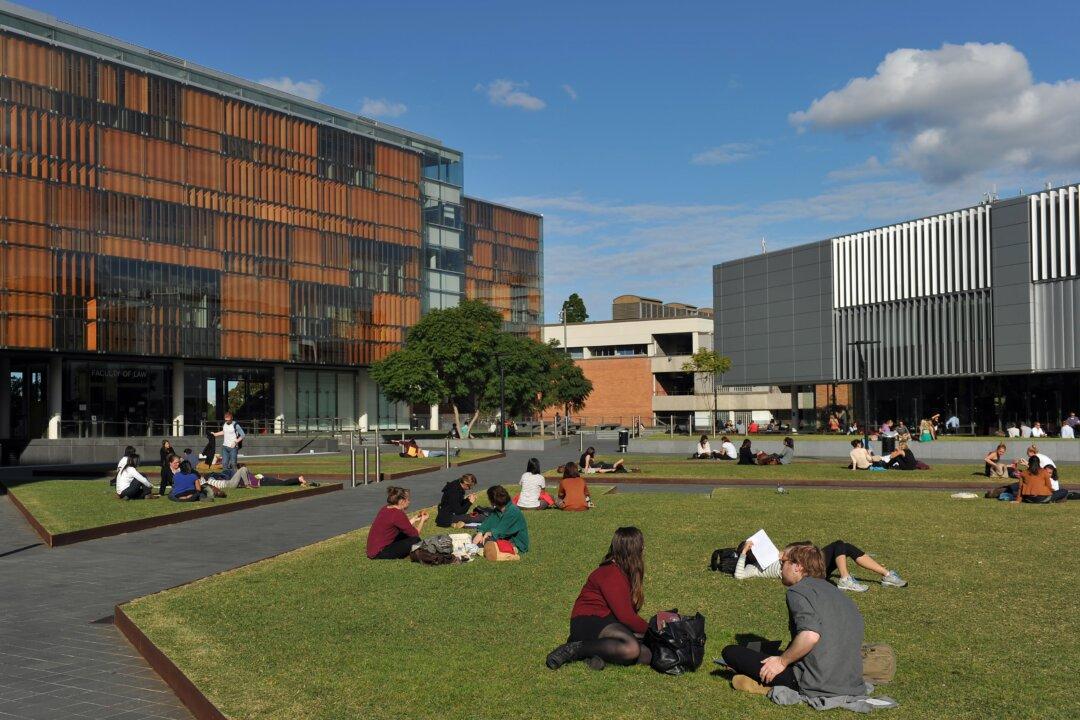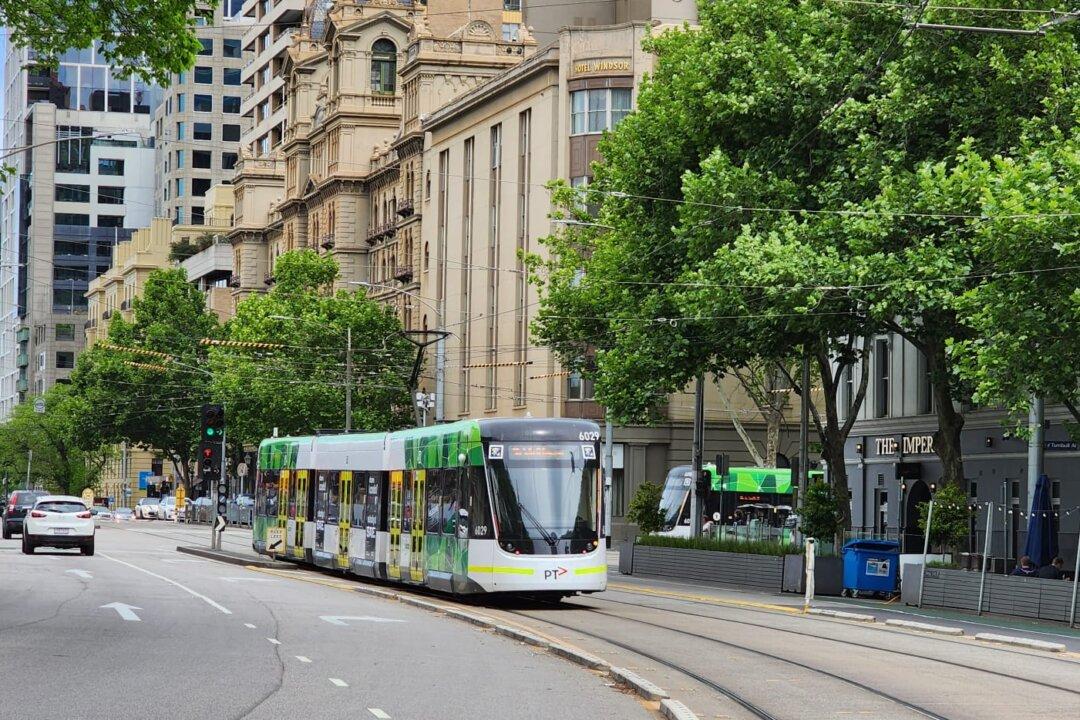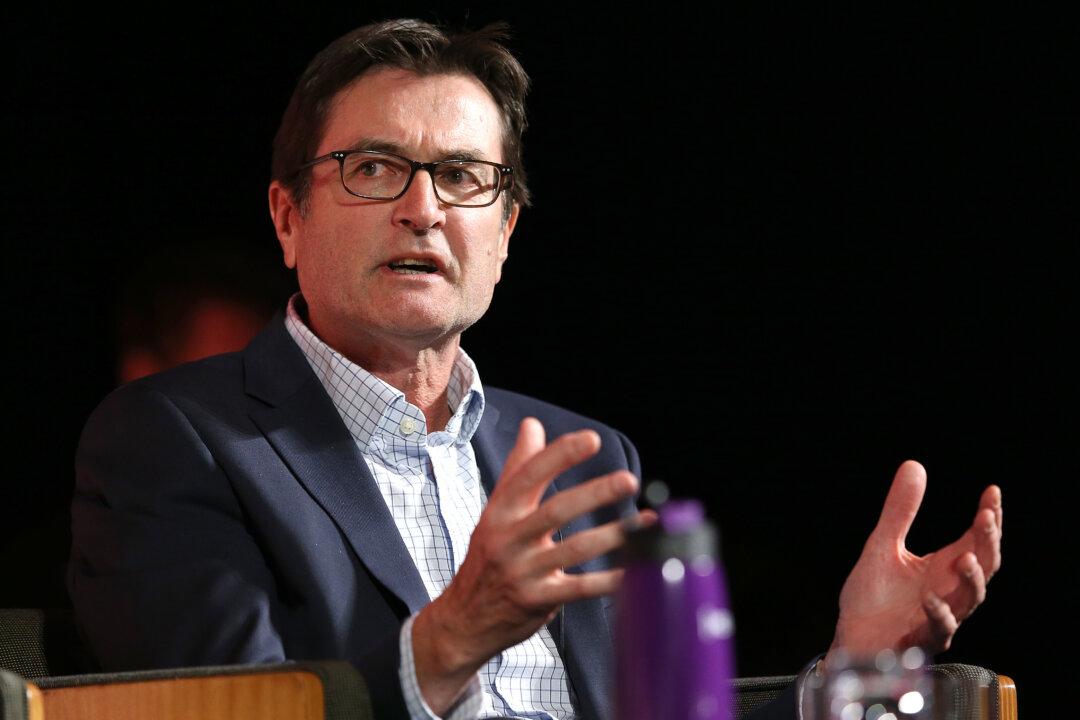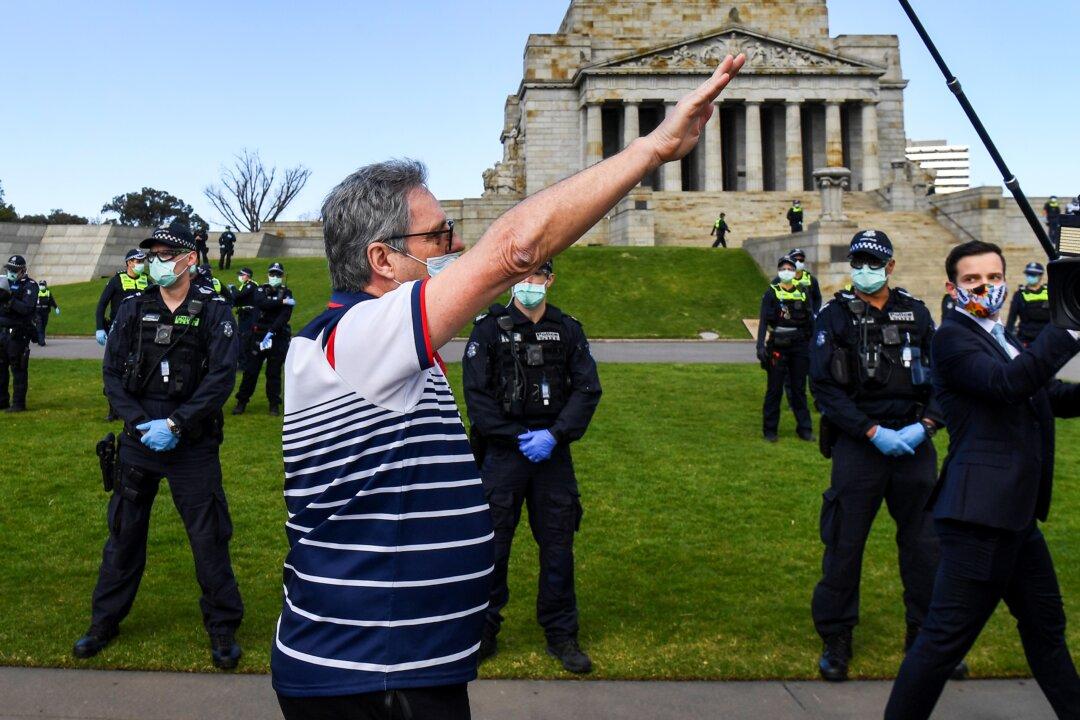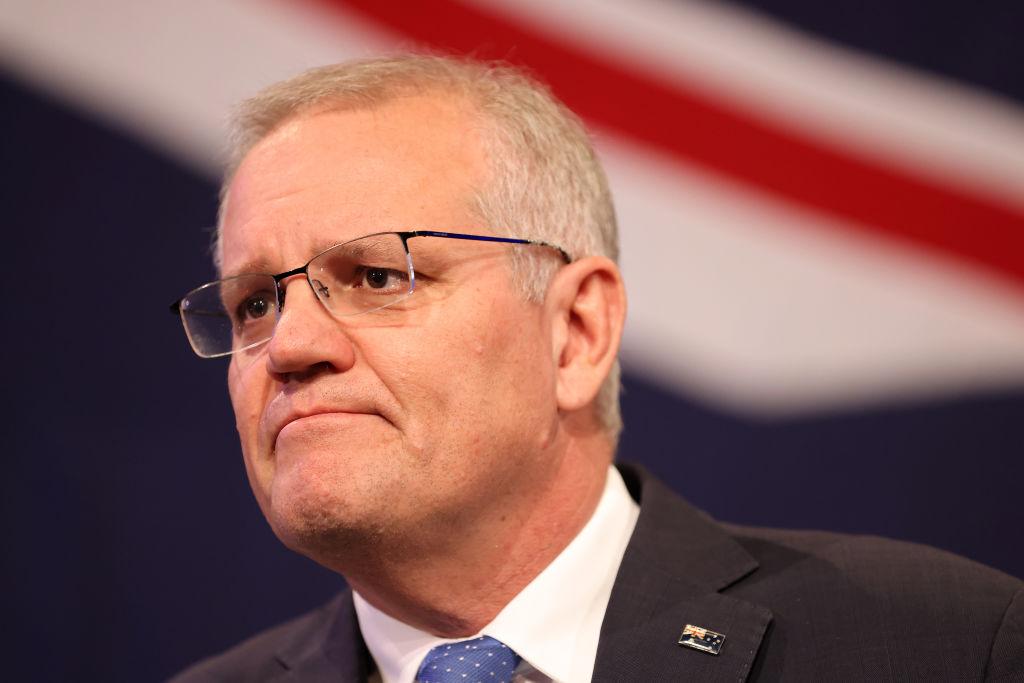Overwhelming pressure to attend university as opposed to undertaking vocational career paths may lead to mental health issues for Australian students, according to a recently published research paper.
Six pedagogical academics at the University of Newcastle conducted a study in which they initially interviewed 692 high school students in New South Wales between 2012-2017 regarding their post-school aspirations.
